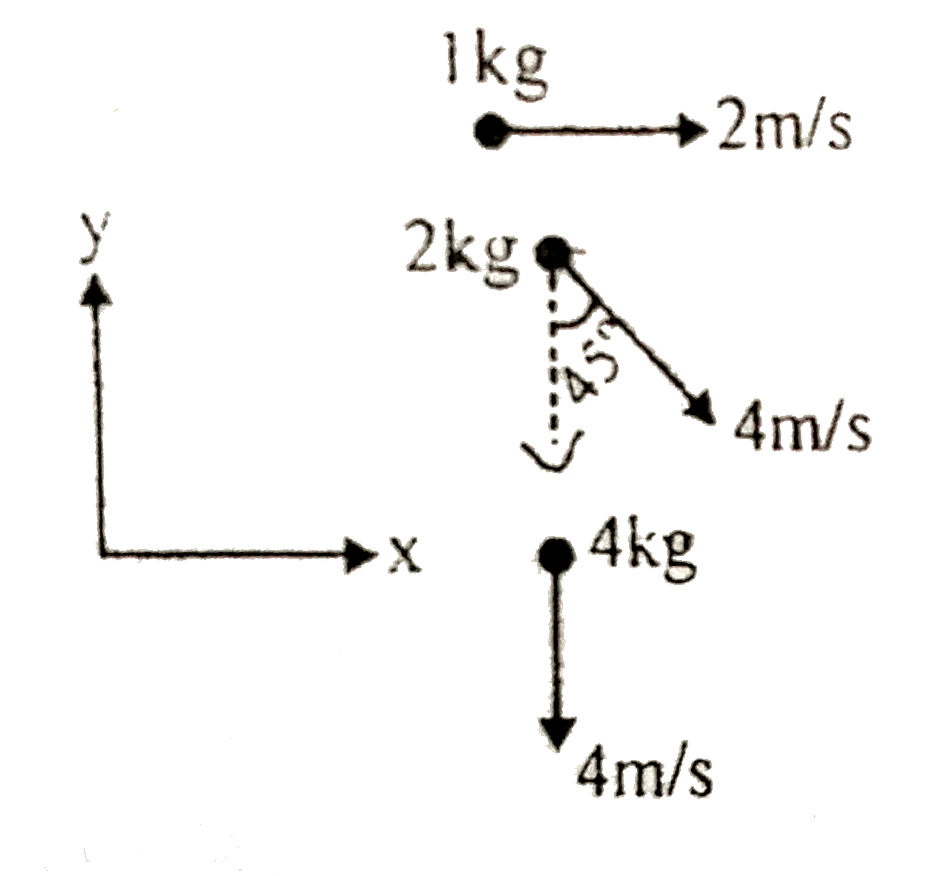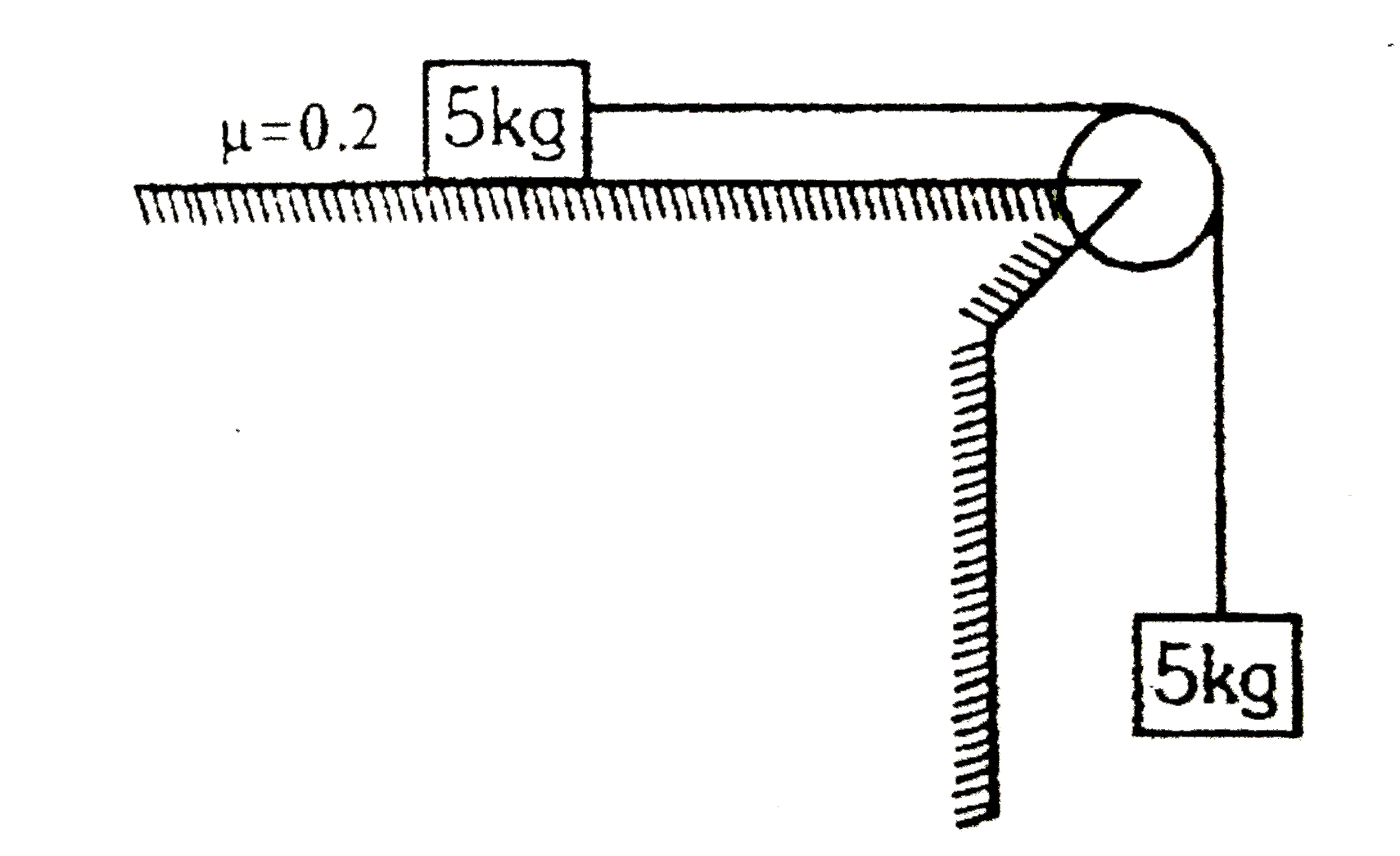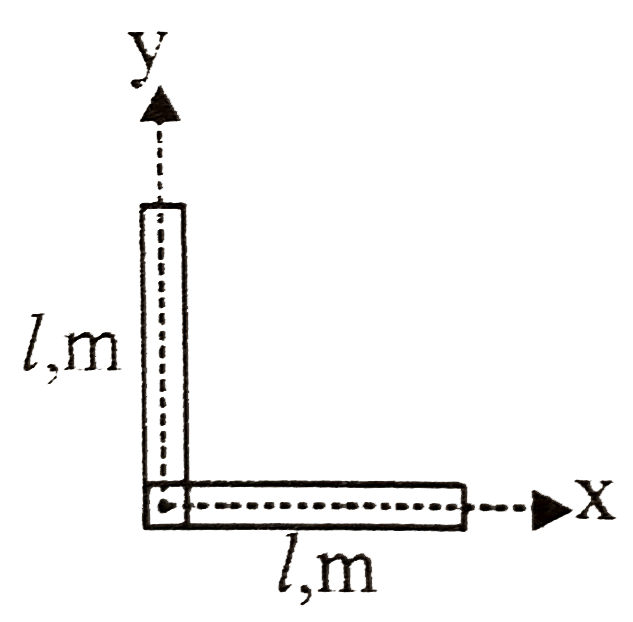The velocity of centre of mass of the system remains constant, if the total external force acting on the system is.
minimum
maximum
unity
zero
The correct Answer is:D
(d) When the total external force acting on the system is zero, the velocity of centre of mass remains constant.
Topper's Solved these Questions
- ROTATIONAL DYNAMICSBOOK - A2ZCHAPTER - ROTATIONAL DYNAMICSEXERCISE - Moment Of Inertia
39 Videos
- ROTATIONAL DYNAMICSBOOK - A2ZCHAPTER - ROTATIONAL DYNAMICSEXERCISE - Rotational Kinematics
19 Videos
- ROTATIONAL DYNAMICSBOOK - A2ZCHAPTER - ROTATIONAL DYNAMICSEXERCISE - Chapter Test
29 Videos
- PROPERTIES OF MATTERBOOK - A2ZCHAPTER - PROPERTIES OF MATTEREXERCISE - Chapter Test
29 Videos
- THERMAL PROPERTIES OF MATTERBOOK - A2ZCHAPTER - THERMAL PROPERTIES OF MATTEREXERCISE - Chapter Test
30 Videos
Similar Questions
Knowledge Check
If no external force acts on a system
A(a) velocity of centre of mass remains constantB(b) position of centre of mass remains constantC(c) acceleration of centre of mass remains non-zero and constantD(d) All of the aboveIf net external force acting on the system is zero then
AVelocity of the individual particle of the system will remain constantBVelocity of the center of mass of the system will remain constantCVelocity of the center of mass of the system will be zeroDVelocity of the individual particle of the system will be zeroThe velocity (in m/s) of centre of mass of the system as shown in the figure is :
 A2[1+4√2]ˆi+8[1√2+2]ˆj7B2[1+4√2]ˆi+8[1√2−2]ˆj7C2[1+4√2]ˆi−8[1√2+2]ˆj7D8[1√2−2]ˆi+2[1+4√2ˆj]7
A2[1+4√2]ˆi+8[1√2+2]ˆj7B2[1+4√2]ˆi+8[1√2−2]ˆj7C2[1+4√2]ˆi−8[1√2+2]ˆj7D8[1√2−2]ˆi+2[1+4√2ˆj]7
Will the momentum remain conserved if some external force acts on the system ?
View SolutionVelocity Of Centre Of Mass Of System
View SolutionThe concept of centre of mass proves that laws of mechanics which are true for a point mass, are equally valid for all macroscopic bodies of any shape, size, mass, etc. For example, when vector sum of external forces acting on a system of particles is zero, the velocity of centre of mass of the system will remain constant.
Read the above passage and answer the following questions :
(i) Is centre of mass of a body a real point ?
(ii) Does centre of mass lie within the body always ?
(iii) How do you justify that −−→vcm= constant ?
View SolutionA system consists of two particles. At t=0, one particle is at the origin, the other, which has a mass of 0.60kg, is on the y-axis at y=80m. At t=0, the centre of mass of the system is on the y−aξs at y=24m and has a velocity given by (6.0m/s3)t2ˆj.
(a) Find the total mass of the system.
(b) Find the acceleration of the centre of mass at any time t.
(c) Find the next external force acting on the system at t=3.0s.
View SolutionThe magnitude of acceleration of centre of mass of the system is

View Solution
